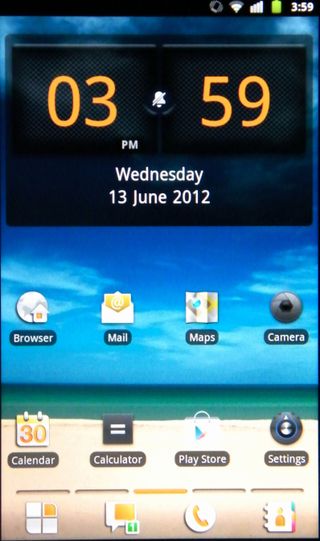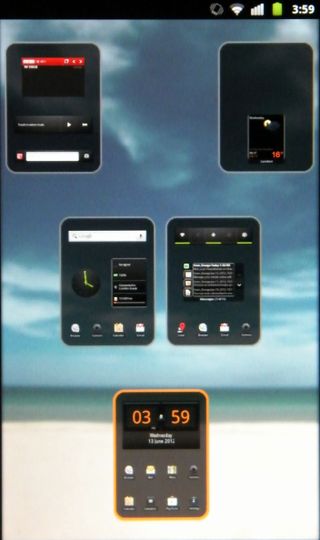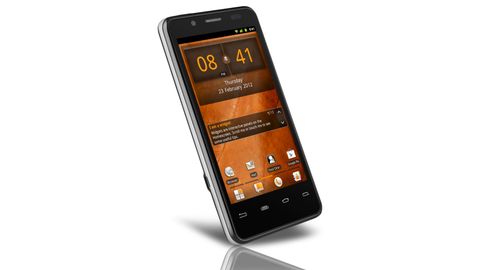Why you can trust TechRadar
The Orange San Diego ships with Android 2.3.7 Gingerbread, which is disappointing because we're now firmly in Ice Cream Sandwich times – although an upgrade to ICS will arrive before the end of the year.
However, it's months on from the original launch, and while the other Intel Medfield-powered phones, the Motorola Razr i, has got the new version of Android, there's no Android 4.0 update coming to the San Diego as yet.

Disappointment of the operating system aside, we're pleased to report the San Diego does a decent job at running Gingerbread, thanks to its 1.6GHz Intel-driven processor.
Although there's an Orange-centric overlay present, reminding you which network is giving you such mobile delight, it's pretty unobtrusive, with just some minor visual tweaks to widgets, app icons and the dock on the home screen – along with the usual array of Orange apps.
You're only given five home screens to play with, so you'll want to be sparing with widgets.
Hold down a free space on a home screen to open up a menu, enabling you to add an array of widgets, folders and shortcuts – plus you can change the wallpaper from here.

Orange has provided its own array of widgets as part of its Android overlay, although there's nothing scintillating here with basic clock, gallery, weather and similar options available.
Due to Orange's widget offering, the stock Android options have been reduced to remove duplications, so the menu can look a little sparse until you start downloading more from Google Play.
We found that there was a lot of padding around apps and widgets on the home screens, leading to a lot of wasted space.
We'd have preferred it if icons were made bigger, reducing the amount of space and making everything easier to see.
An interesting feature that has been added to the San Diego is the Orange Gestures functionality. At first we thought the screen was faulty, since sometimes it would grey out and a black line would appear where our finger had traced.

It turned out the San Diego was actually trying to pick up specific finger movements on the screen as part of the Gestures application.
This enables you to set up specific gestures, which in turn grant you access to your favourite applications quickly. For example you can trace a circle on the screen and set the San Diego to open the camera app.
It's a quaint feature, but we're a little perplexed as to why you may want this, since you can just stick your favourite apps on the home screen, which are actually then quicker and easier to hit than drawing a shape.
Browsing through applications was a smooth and fluid experience, with no hint of slow down or lag. And thanks to the limited amount of tinkering by Orange, you still get the simple Android experience - although some will lament not being able to turn it off altogether.
The Orange San Diego may pack a single-core processor, but Intel has ensured it does the basics flawlessly, providing a pleasing user experience.

John joined TechRadar over a decade ago as Staff Writer for Phones, and over the years has built up a vast knowledge of the tech industry. He's interviewed CEOs from some of the world's biggest tech firms, visited their HQs and has appeared on live TV and radio, including Sky News, BBC News, BBC World News, Al Jazeera, LBC and BBC Radio 4. Originally specializing in phones, tablets and wearables, John is now TechRadar's resident automotive expert, reviewing the latest and greatest EVs and PHEVs on the market. John also looks after the day-to-day running of the site.

